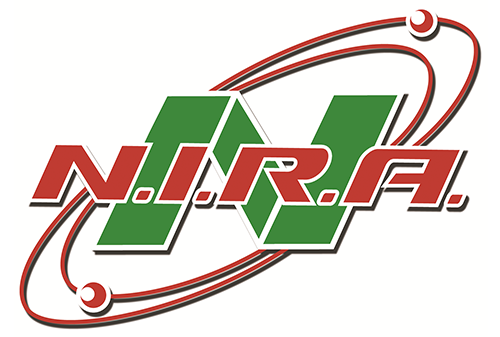LEL Monitoring Systems
&
Automatic Air Recirculation Control Systems in ovens and dryers
During the exsiccation process of the inks and the vaporization of the solvent, a lot of energy is required to heat the fresh air up to the desired temperature.
The NIRA LEL Monitoring Systems continuously check the solvent concentration inside the drying stations. In case the solvent concentration exceeds the safety set point, the NIRA LEL system sends out an alarm in order to immediately stop the machine production.
When the solvent concentration inside the drying station is lower than its admissible level, the exhaust air can be recycled and reused as fresh air.
All drying stations are always equipped with their own supply and suction fans. Through some mechanical ducts and some modulating dampers, the NIRA’s Automatic Air Recirculation Systems are able to control the recycled air on the bases of the solvent concentration, inside the drying stations. This system controls the hot air recycled but always keeping continuously the solvent concentration under control and in full safety conditions.
In this way, the energy costs (electricity, natural gas or fuel oil) associated to air heating systems for the drying stations can be drastically reduced from 30 up to 60% of the current energy consumption.
The energy saving is based on the following process information:
– Number of the drying stations;
– Average air flow in evacuation from each drying station (in Nm3/h);
– Average inlet air temperature (in °C);
– Average drying temperature (in °C);
– Average solvent concentration in evacuation from each drying station (in gr/m3 or % LEL);
– Average machine working hours per year (in h/y);
– Average coating, laminating and printing speed (in mt/min.);
– Average coating, laminating and printing coverage (in %);
– Type of heating systems (Natural gas, electricity or fuel oil);
– Energy cost (€/m3 – €/kWh or €/kg);
With these process information and after a technical inspection, we will be able to provide detailed proposals, air flow reductions, energy saving estimations and investment payback time.
These systems can be integrated on any type of machine, like coating, laminating, flexographic and gravure press.
ENERGY TIPS – PROCESS HEATINGAutomatic Air Recirculation Systems for water-based and solvent-based applications
During normal solvent-based applications, the solvent concentration in evacuation from the drying stations is detected through a LEL monitoring system (Lower Explosion Level).
During water-based applications instead, these air recirculation systems are excluded or set to a low air recirculation percentages.
An automatic air recirculation during water-based applications, could work using relative humidity sensors, but unfortunately these sensors cannot be exposed to any solvents vapors since they could lead to bad readings or even to breakdowns.
In order to avoid this issue, we developed an hybrid system, composed by one infrared LEL solvent detector and one relative humidity sensor. Its external sampling system is able to by-pass the humidity sensor any time a solvent concentration is detected.
A water-based air recirculation system works like a solvent-based one. The sample gas (vapor) is sucked by an ejector inside the sampling system and analyzed by a relative humidity sensor. If the humidity is lower than a selected set point, the exhaust air can be recycled and sent back to the inlet air duct. Considering the high temperature (±100°C) inside the drying stations, this innovating solution allows a huge energy saving, up to 50% of your actual thermal energy consumption.
These systems can be integrated on any type of machine, like coating, laminating, flexographic and gravure press.
